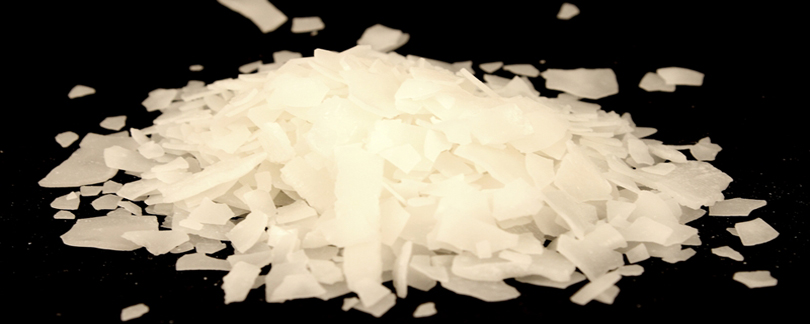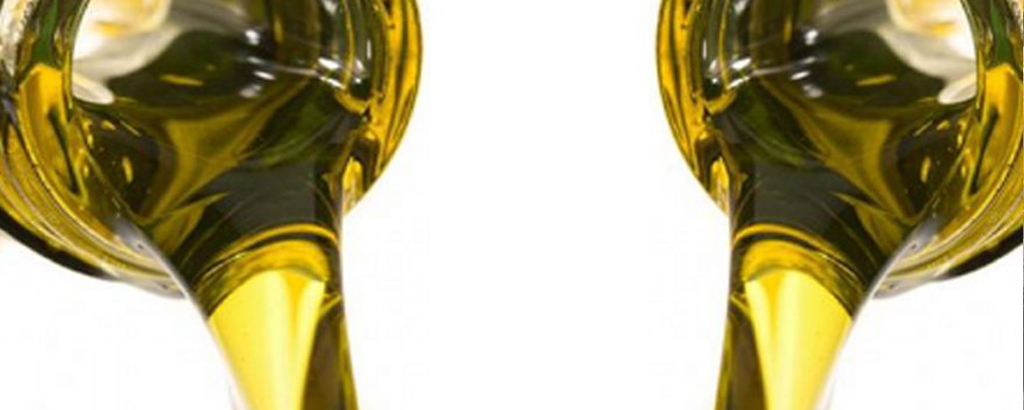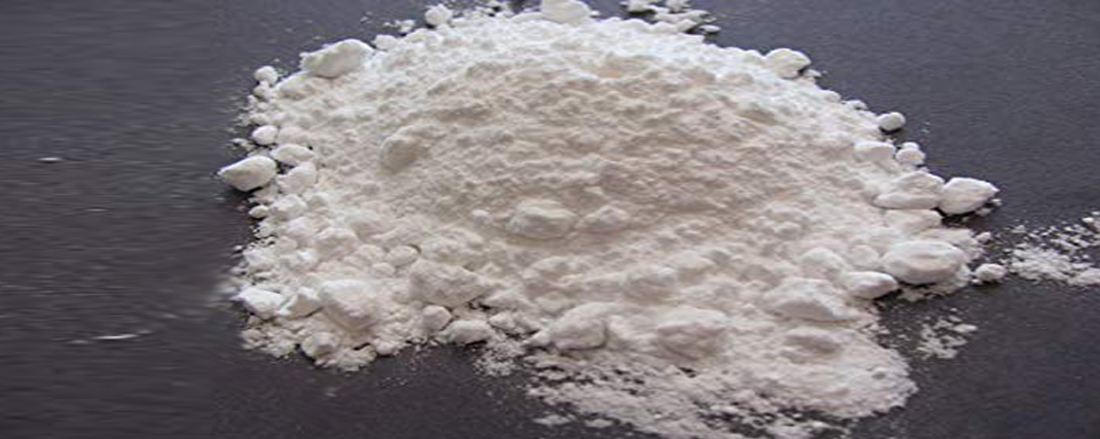RHODAMINE B AR FOR MICROSCOPY
The fluorophore rhodamine B is often used in biological assays. It is inexpensive, robust under a variety of reaction conditions, can be covalently linked to bioactive molecules, and has suitable spectral properties in terms of absorption and fluorescence wavelength. Nonetheless, there are some drawbacks: it can readily form a spirolactam compound, which is nonfluorescent, and therefore may not be the dye of choice for all fluorescence microscopy applications.
As one of the most commonly used dyes, Rhodamine B (RhB) is widely used in industrial purposes, such as printing and dyeing in textile, paper, paints, leathers etc. However, the organic dyes will cause serious environmental and biological problems, even capable to induce irritation to the skin, eyes.








